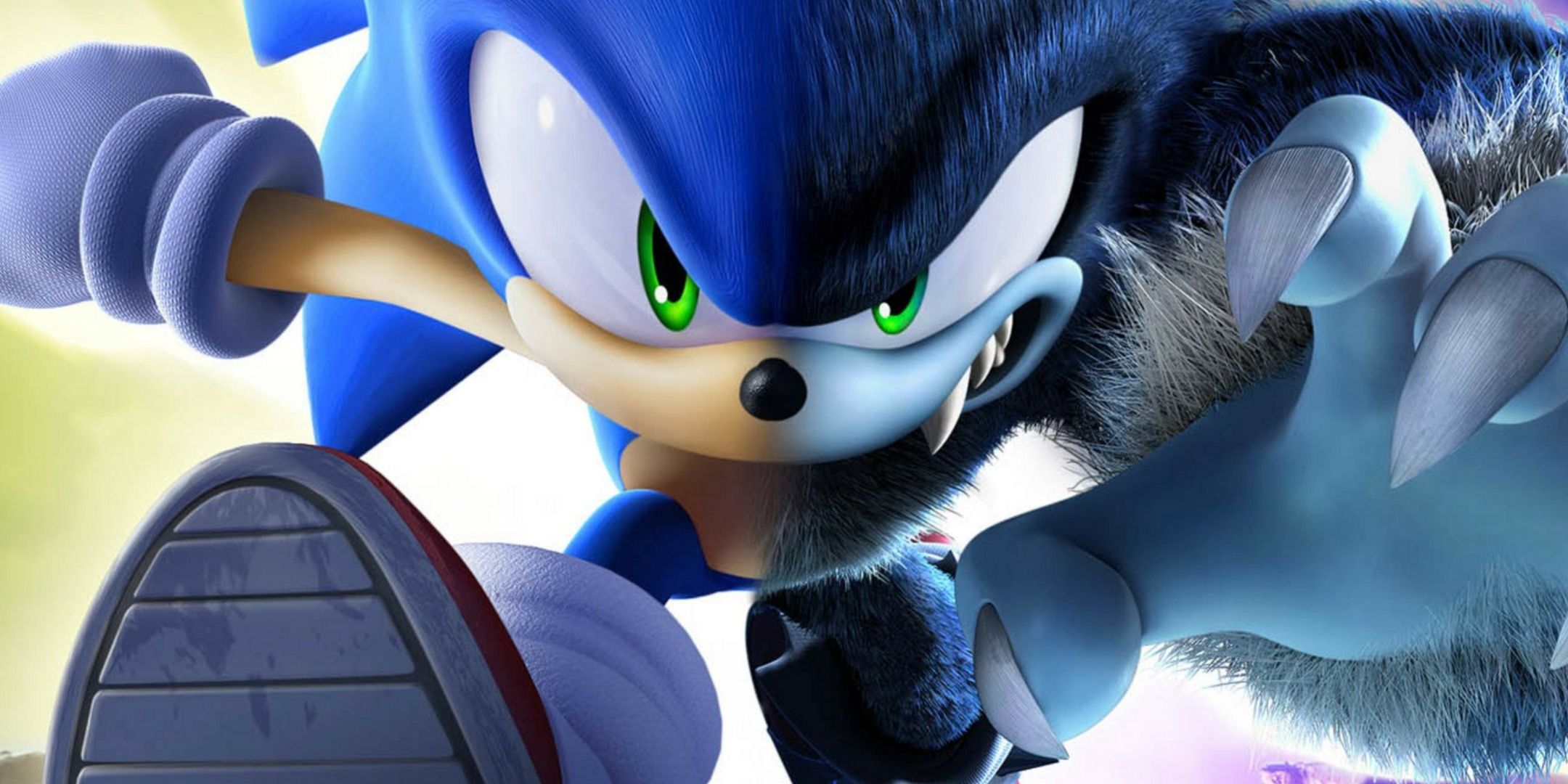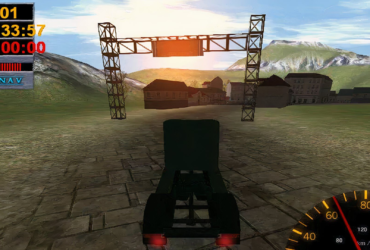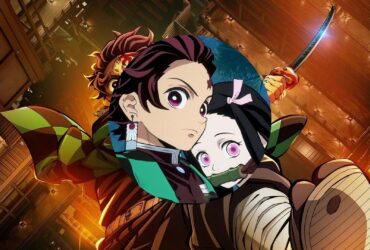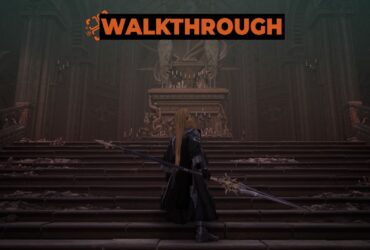This past weekend saw Sega reveal that Demon Slayer: The Hinokami Chronicles 2 would be launching later this year on August 1.
As expected, the likes of Tanjiro, Inosuke and Zenitsu will all be playable characters on the roster, and similar to the first game, which was also developed by CyberConnect2, the fighter will emulate production house Ufotable’s flashy anime production style.
But as I watched the reveal trailer, I couldn’t help feeling that this standalone sequel could have instead been an expansion of the existing game, instead of a fully-fledged $59.99 release. On the surface, at the very least, it doesn’t seem to offer the breadth of content nor the mechanical innovations I’d expect from one.
Three Arcs For $60 Is A Bad Deal
After decades of such ordeals, anime fans like myself are used to the seemingly never-ending supply of ‘low-effort’ cash grabs meant to capitalize on a property’s popularity. More often than not, these games come in the form of hastily created arena fighters, like the ones developed in the My Hero Academia universe, or mobile titles like the recently announced Kaiju No. 8 project.
On the flipside, you have wonderfully constructed love letters to properties like Naruto or Dragon Ball, which for years have been receiving higher-quality video game tie-ins that others would die to see even a single such title in their lifetime.
The first Hinokami Chronicles was a step in the right direction, somewhat bucking the precedent set by other anime titles. Its combat was solid, thanks to CC2’s long track record of similar anime-based games, and its mechanics offered something that mainstream fighting games could learn a surprising amount from. That’s without mentioning its obscene attention to detail when it comes to familiar locations and characters.
Hinokami Chronicles uniquely had an on-screen combo meter, giving gamers a visualization of how long they could continue a sequence before the window closed.
Things could risk regressing with this upcoming sequel. Whereas the first game covered the anime’s first seven arcs, albeit somewhat constricted due to a shorter run time and the constraint of being a video game adaptation, with an additional DLC pack released to cover the eighth, Hinokami Chronicles 2 will cover just three arcs.
When the game launches, it will cover the Entertainment District, Swordsmith Village and Hashira Training arcs, all three of which total 29 episodes of the anime. The finale of this run doesn’t even have a major battle, instead being devoted to the training and exposition of its major characters. How do you translate that into a cool fighting game all about spectacle and style?
Demon Slayer’s Recent Arcs Haven’t Exactly Been Popular
To make matters worse, when the arcs originally aired as part of the anime, they were panned by fans and critics alike. They were painfully extended in the name of creating enough episodes to justify an entirely new season and the various things that come from that, including merchandise that could be flogged to fans. It was a lot, and I doubt fans will be especially excited to experience this dry spell again in video game form. I certainly don’t want to.
Beyond its story mode, the game will see all nine Hashira playable for the first time, but is that, plus three arcs of story, really worth charging fans for a full-priced experience? As I rewatched the trailer and picked up my collection of manga to peruse out of curiosity, I was reminded of what my colleague, Andrew King, wrote following the Lies of P: Overture reveal, of the importance of “expansions,” such as Shadow of the Edrtree, The Lost Legacy, or Phantom Liberty.
Often priced fairly, these interstitials provide fans with another chance to experience the games they love without the publisher or player committing to the cost associated with a full-length sequel. They are also often commercially and critically successful, owing to the adjusted expectations, price point and quick turnaround. We remember them because of not only the value they offer, but the experiences contained therein that make our favorite games even better.
Whether it’s as a series of DLC packs or additional expansions, similar to Dragon Ball Z: Kakarot, when it fills in the gaps in Z’s storyline, there are plenty of routes that Demon Slayer: Hinokami Chronicles could have taken. A full-scale sequel shouldn’t have been one of them.
Sega Is Clearly Waiting For Demon Slayer To Be Further Along In Its Story
There’s also the reality of Sega and CC2 simply waiting for the anime to be completed. Just days after the release date trailer, the anime announced that the first of its planned three movies adapting the manga’s final arc would be released in July of this year. Presumably, the other two will follow in short succession.
Would it have been that detrimental to wait a year until the anime was complete in order to release a game that covered the second half of the series in its entirety? After all, 2025 is not short on releases, and there’s a significant chance that the game gets buried entirely by the glut of equally priced but larger-scale triple-A titles.
This year will also see the release of the first Bleach game in over a decade, plus the first true Hunter x Hunter game, making the prospect of another Demon Slayer title a little less palatable for Shōnen Jump fans.
At that point, the $59.99 price point ($69.99 for its Deluxe Edition) would have been more than justified. Instead, fans are faced with the possible reality of a third fully priced title dedicated to covering the final act. Unfortunately, such is the reality of being an anime fan in the modern age.

Next
Sonic Unleashed’s Unofficial PC Port Is Better Than Most Remasters
Fans are changing the ways we could play Xbox 360 titles on PC.














Leave a Reply